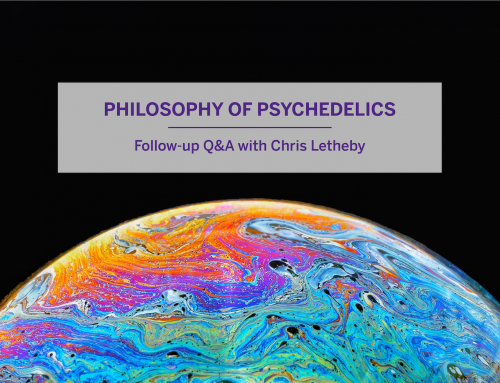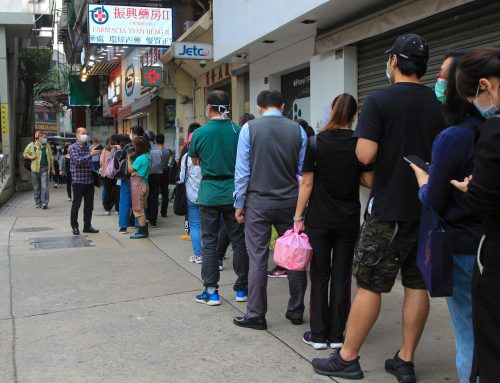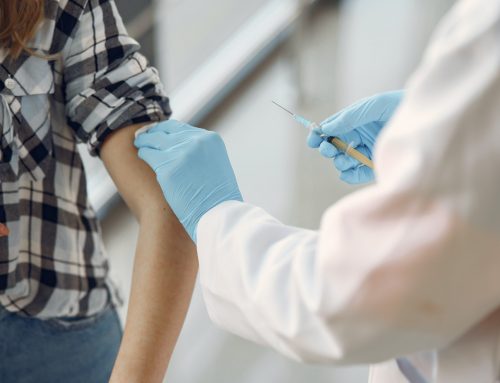Further Reflections from the Future Directions in Feminist Phenomenology Conference
By Katy Fulfer
Public attention to assisted death in medical contexts seems to be exploding. In June the Quebec legislature tabled a care-at-the-end-of-life bill that includes provisions for physician-assisted death. In the state of Washington, there was a 17% rise in the number of individuals who received a prescription for a legal dose of medication (not necessarily all people who received the prescription used it). In Belgium, where physician assisted death is legalized (and heavily regulated), the debate is turning to adolescent’s ability to request assisted death. A new Dutch report on the regulation of euthanizing terminally ill infants (legal in the Netherlands for almost a decade) is sparking renewed discussions about physicians’ decision-making.
Debates around assisted death often focus on the autonomy of patients. In the face of a terminal illness, with the pain or suffering those illnesses entail, patients can wield self-direction over their lives in choosing to die. Other arguments focus on the relational supports for autonomy. If a person with a disability is considering assisted-death, we are pushed to think about what social supports are made available that support viable, livable alternatives to death.
It seems as if the debate around physician-assisted death epitomizes the question of what it means to be human, and it pushes us to shape our conceptions of agency and autonomy that is responsive to people’s lived realities and the actual social institutions which shape our options for living. And yet, these seemingly quintessential bioethical questions are changing amidst the rise of biotechnology.
The Center for Genetics and Society is interviewing Prof. Donna Dickenson on July 16 about her knew book about biotechnology harnessed for the common good. In anticipation of this interview, I am returning to the talk Professor Christina Schües gave on feminist bio-phenomenology at the Future Directions in Feminist Phenomenology conference held at Western University in May. According to Schües, to answer the question about the meaning of life, we need feminist bio-phenomenology, not just feminist bioethics. A feminist bio-phenomenology would attend to how life takes place in relations and in time. Approaches to bioethics that focus only on principles of justice or tolerance or permissibility will be incomplete in fully answering the question of the meaning of life.
A feminist bio-phenomenology is especially relevant in relation to biotechnology, because biotechnology, Schües argues, changes the conditions of human experience. Schües traces a genealogy of bio-technical interventions to show how biotechnology in particular may change ways of experiencing the human condition. The promise of biotechnology is that humans will be able to share living material. Schües calls this paradigm of biotechnology the transhuman. This promise differs from previous biotechnological interventions that use non-biological material to help regulate or replace biological functions (for example, prosthetic limbs). One of the more challenging examples Schües provided was that of saviour siblings, children who are conceived and selected for to give blood or an organ to a sick sibling.
The question Schües poses for us is this: How do biotechnological interventions change the conditions of experience? This question resonates with me since I’ve just finished Marge Piercy’s science fiction classic, Woman on the Edge of Time, in which Connie (who lives in 1976 New York) is able to time travel to a completely gender-neutral, classless society in 2137. Connie also glimpses a technological dystopia in which all aspects of life are dominated by technology and access to it, and in which gender and class stratification are deeply ingrained in society. In contrast, the future egalitarian society has managed to keep technology at bay. People use it, but it doesn’t dictate their lives in the way it does in the techno-dystopia Connie visits. In the dystopia, in Gildina’s world, there is what Schües would call modernist biotechnological interventions, shaping nature, in this case women’s bodies to meet a set aesthetic standard, and there are post-modern interventions, enhancing human capacities with non-biological technology. But there is also the transhuman, where, Gildina suggests, people’s life expectancy has been genetically selected for, so that the privileged can expect long-lives and the lower classes will die “old” at 40.
In Luciente’s world, the egalitarian society, embryos are nurtured in artificial wombs, and reproduction does not occur through women’s bodies. Co-mothers (applied gender neutrally) are not necessarily genetically related to the children they raise. It is not only the dystopian society, however, that incorporates transhuman ways of using biotechnology, the sharing of biological material through the use of technology. Luciente reports, “Decisions were made forty years back to breed a high proportion of darker-skinned people and to mix the genes well through the population. At the same time, we decided to hold on to separate cultural identities. But we broke the bond between genes and culture, broke it forever. We want there to be no chance of racism again. But we don’t want the melting pot where everyone ends up with thin gruel. We want diversity, for strangeness breeds richness.”
Woman on the Edge of Time seems to echo Schües’s philosophical question: how do biotechnological interventions change the conditions of experience? Connie wrestles with this question, although it is not articulated, by observing how Luciente and Gildina live in their respective societies, about the relationships they have to others and to their culture. To answer the question, we need to return to experience, as Schües argues, we need a feminist bio-phenomenology.





